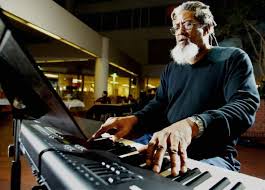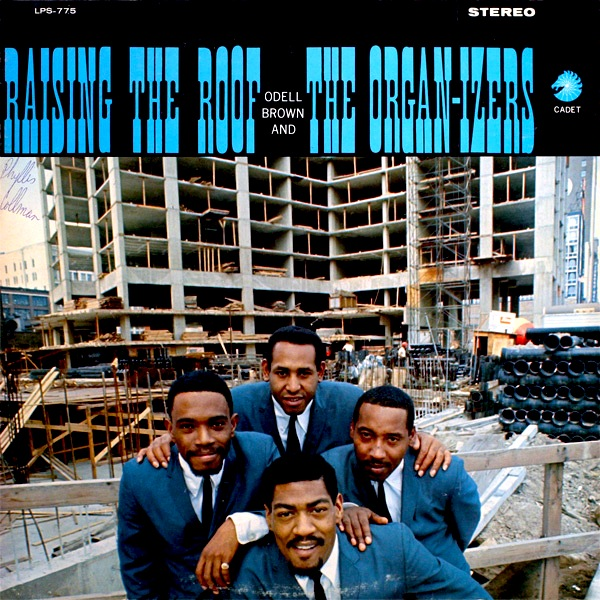Whenever I visit Washington D.C., I’m struck, as most visitors are, by the number of homeless people living in the vicinity of the White House. Men with matted beards and bag ladies, all silently, slowly pushing carts that were once overloaded with the tins and packages of a throw away culture but are now filled with rags, bags, bent coat hangers and despair.
Who are these people? What are their stories? What circumstances conspired to drop them to such a place?
A well-to-do parish in Chicago has in the past weeks commissioned a sculpture of a homeless man, sleeping under a thin blanket on a park bench. From a distance it is so life-like that upper class citizens and members of the church have protested to their pastor and the city council to get the scumbag out of the neighbourhood. Up close, it is only the nail marks on the man’s feet that identify him as Jesus Christ.
What are the stories of the homeless?
Several decades ago one of those homeless Chicago scumbags was a man named Odell. This is his story.
Born in 1940 in Kentucky (Louisville), Odell Brown came from a solid southern educated Afro-American family. His father had attended the historic Fisk University in Nashville and Odell intended to do the same. At the age of 19 he moved to Nashville himself but enrolled in Tennessee State University (at the time, known as Tennessee A&M and whose other alumni include Oprah Winfrey and Rufus Thomas) where he found his first gigs as an organist and piano player, in various R&B bands. During the day he took course in composition and stared to write music.
In 1960, like Elvis, he was called up to serve Uncle Sam an opportunity which he always was grateful for. As a member of an Army band in Ft. Carson, Colorado he was exposed to other mentors who guided him further in the fields of orchestration. Of his army years, Odell says simply, “Awesome!” Not exactly what one would consider to be the standard response in the 1960s.
After the Army, Odell moved to Chicago and with old Tennessee compatriots put together a band called Odell Brown and the Organ-izers. Picked up by the Chess label the band made several albums and enjoyed some moderate chart success with numbers like No More Water in the Well. In addition to playing with the Organ-izers, Brown arranged, composed and played with the full suite of Chess superstars from Muddy Waters and Ahmad Jamal to Etta James and Ramsey Lewis.
I969 saw the Organ-izers cease and Odell moving on as an independent arranger, working with many of America’s top drawer jazz, blues and R&B artists. 1981 Brown was holed up with Marvin Gaye in France and working on Midnight Love, Gaye’s last album. Indeed, they wrote the huge international hit, Sexual Healingtogether and things seemed to be completely on the upside for Brown.
Alas, for not the clearest of reasons–depression was probably both a cause and effect–by the late years of the 80’s Odell Brown was homeless and living rough in the Windy City.
The time soon came when Uncle Sam repaid Brown for his service. Assisted through a government veteran’s program Brown was able to stablise his life, build a studio and return to the music world as both a performer and arranger.
Tonight’s selection comes from 1966, nearly a half century ago. Raising the Roof is a brief but immensely satisfying workout with the Organ-izers. Unlike many organ-led bands of the day, Brown and the Organ-izers stayed away from the greasy, blues-based jams, working instead in a jazzier mode. This was in large part due to the playing of Artee ‘Duke’ Payne on tenor sax, who added a sharp, Coltrane-influenced ‘inside/outside’ feel to his playing. One of the group’s trademarks is the unison playing of Payne and fellow tenor blower Tommy Purvis. In fact, the saxes are as important (sometimes more so) to the group’s sound than Brown’s organ.
This is not to say that Brown isn’t often the focus of their sound. In an ear where many of the key organists had a gritty, heavy sound, Brown used a combination of stops to create a slightly smoother but no less exciting sound. He was also the Organ-izersmain original composer, with Payne, Purvis and drummer Curtis Prince making contributions as well. (http://funky16corners.com/f16zine/WEB/7_odellbrown.htm)
So the next time you pass quickly by a homeless person spare a thought for what that person’s story might be. You just never know.
Track Listing:
01 The Honeydripper
02 Raising The Roof
03 A Cool Señorita
04 Strike Up The Band
05 Day Tripper
06 Maiden Voyage
07 The Thing
08 Enchilada Joe



